Animals
-
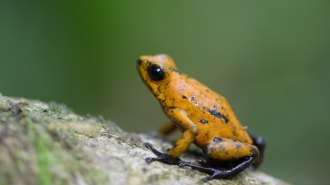 Life
LifeHere’s how poison dart frogs safely hoard toxins in their skin
A protein found in frog bodies may help the amphibians collect and transport toxins from their food to their skin for chemical defense.
-
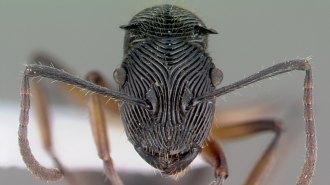 Animals
AnimalsAnt face patterns like swirls and stubble might have practical value
Reviewing thousands of ant photos hints that facial surface patterns might offer benefits, like structural support or abrasion protection.
By Susan Milius -
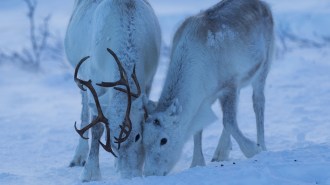 Animals
AnimalsReindeer can sleep while they chew
Brain waves and behaviors suggest that reindeer can doze while chewing, a timesaving strategy for sleeping under tough conditions.
-
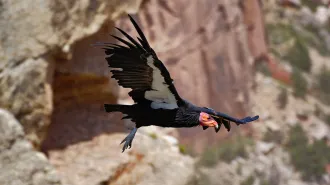 Life
LifeThe Endangered Species Act is turning 50. Has it succeeded?
After 50 years, this landmark law has kept many species alive — but few wild populations have recovered enough to come off the “endangered” list.
-
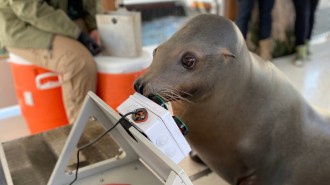 Animals
Animals50 years ago, the U.S. Navy enlisted sea lions and other marine mammals
Today, dolphins and sea lions in the U.S. Navy Marine Mammal Program protect harbors and participate in research on animal health and well-being.
-
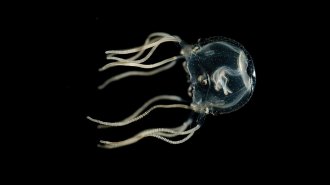 Animals
AnimalsThese are our favorite animal stories of 2023
Spiders that make prey walk the plank, self-aware fish and a pouty T. rex are among the critters that enchanted the Science News staff.
-
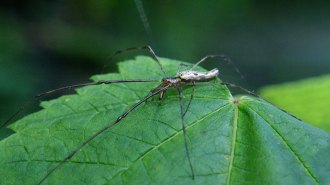 Animals
AnimalsHere’s how spiders that go overboard use light to find land
When elongate stilt spiders fall into water, they head for areas that don’t reflect light in the hope of finding dry land, experiments suggest.
-
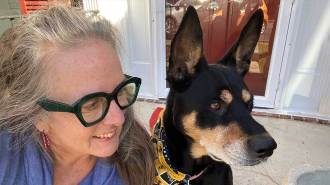 Animals
AnimalsHere are 5 questions about the mystery dog illness making news
Experts suspect a perfect storm of conditions, rather than a new bug, is what’s driving “atypical kennel cough” cases in dogs across the United States.
-
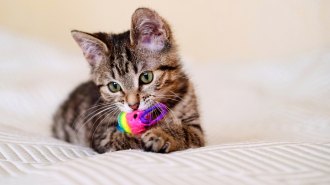 Animals
AnimalsWhen do cats play fetch? When they feel like it
Most cats that play fetch picked it up on their own, a study of cat owners suggests. The felines tend to dictate when a fetching session begins and ends.
By Meghan Rosen -
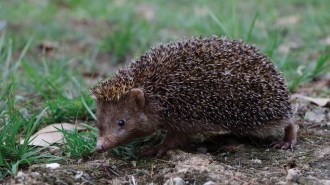 Animals
AnimalsA new species of hedgehog stands out for its short spikes
At first, the eastern forest hedgehog was mistaken for its cousin. Dental and DNA analyses eventually confirmed the critter is a species new to science.
-
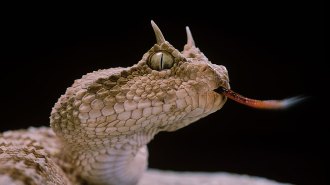 Animals
AnimalsWhy do some lizards and snakes have horns?
These reptiles’ horns can be an asset or a liability. A new study looks at the evolutionary roots of this wild headgear.
By Jake Buehler -
 Animals
AnimalsFish beware: Bottlenosed dolphins may be able to pick up your heartbeat
Fish, sharks and platypuses are adept at sensing electrical signals living things give off. Bottlenosed dolphins make that list too, studies suggests.